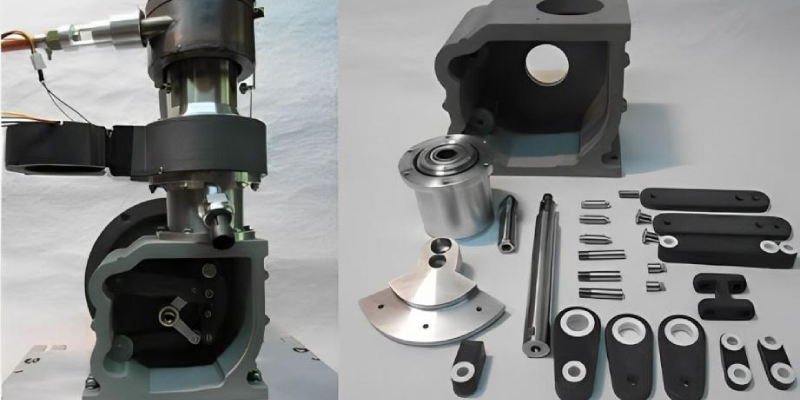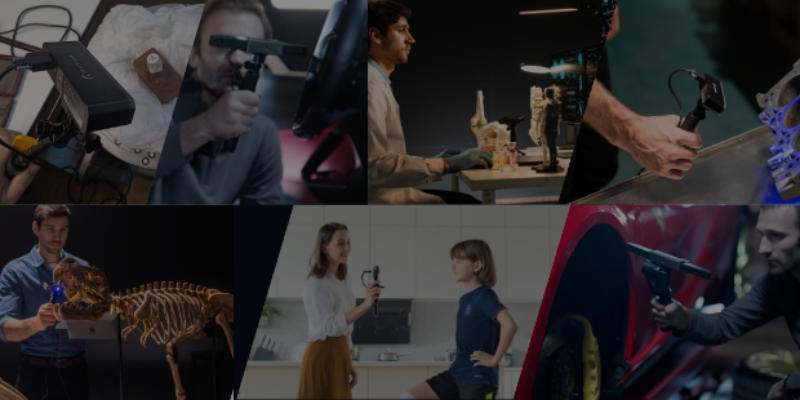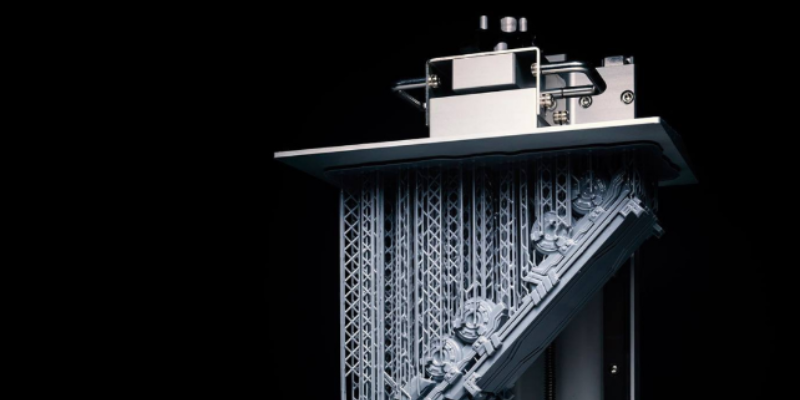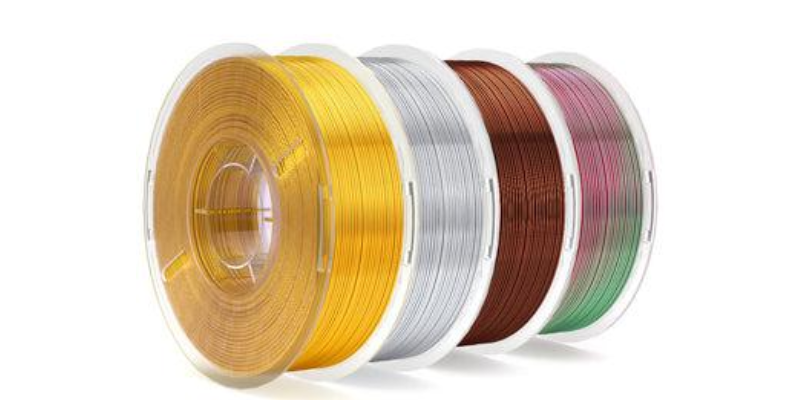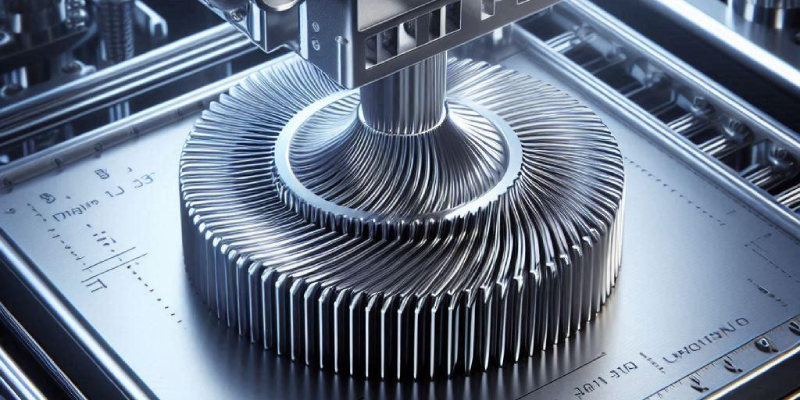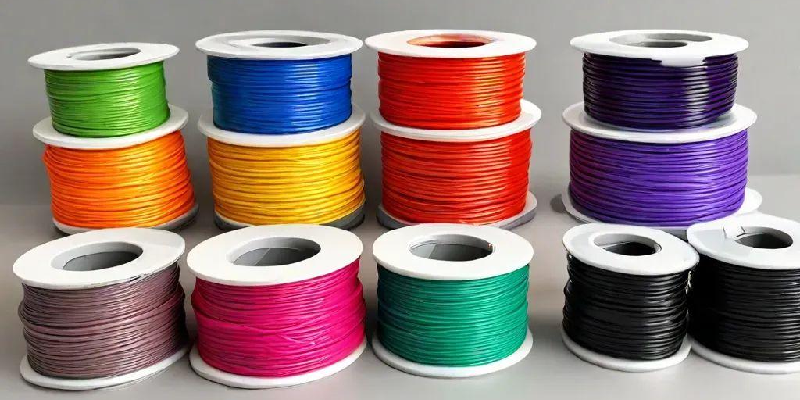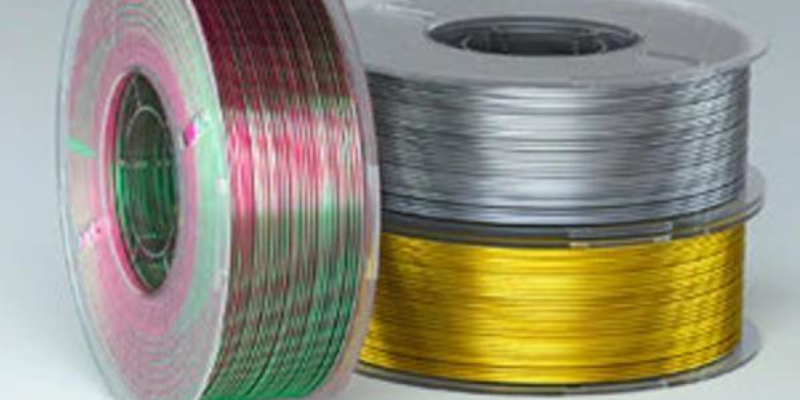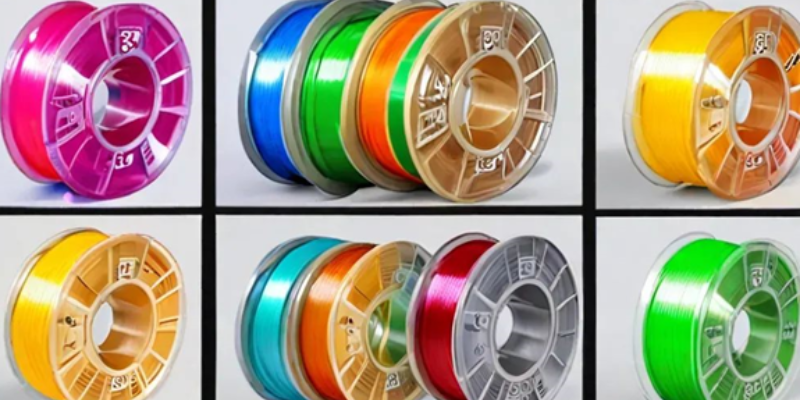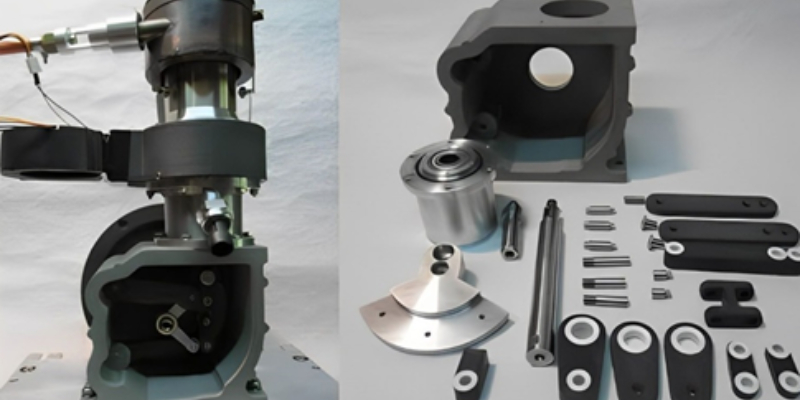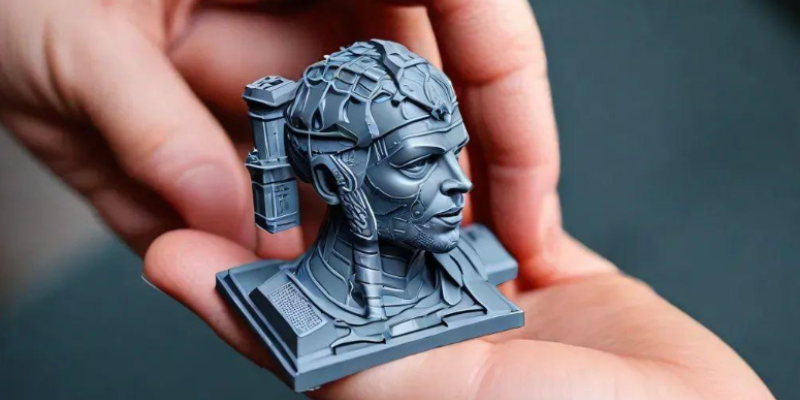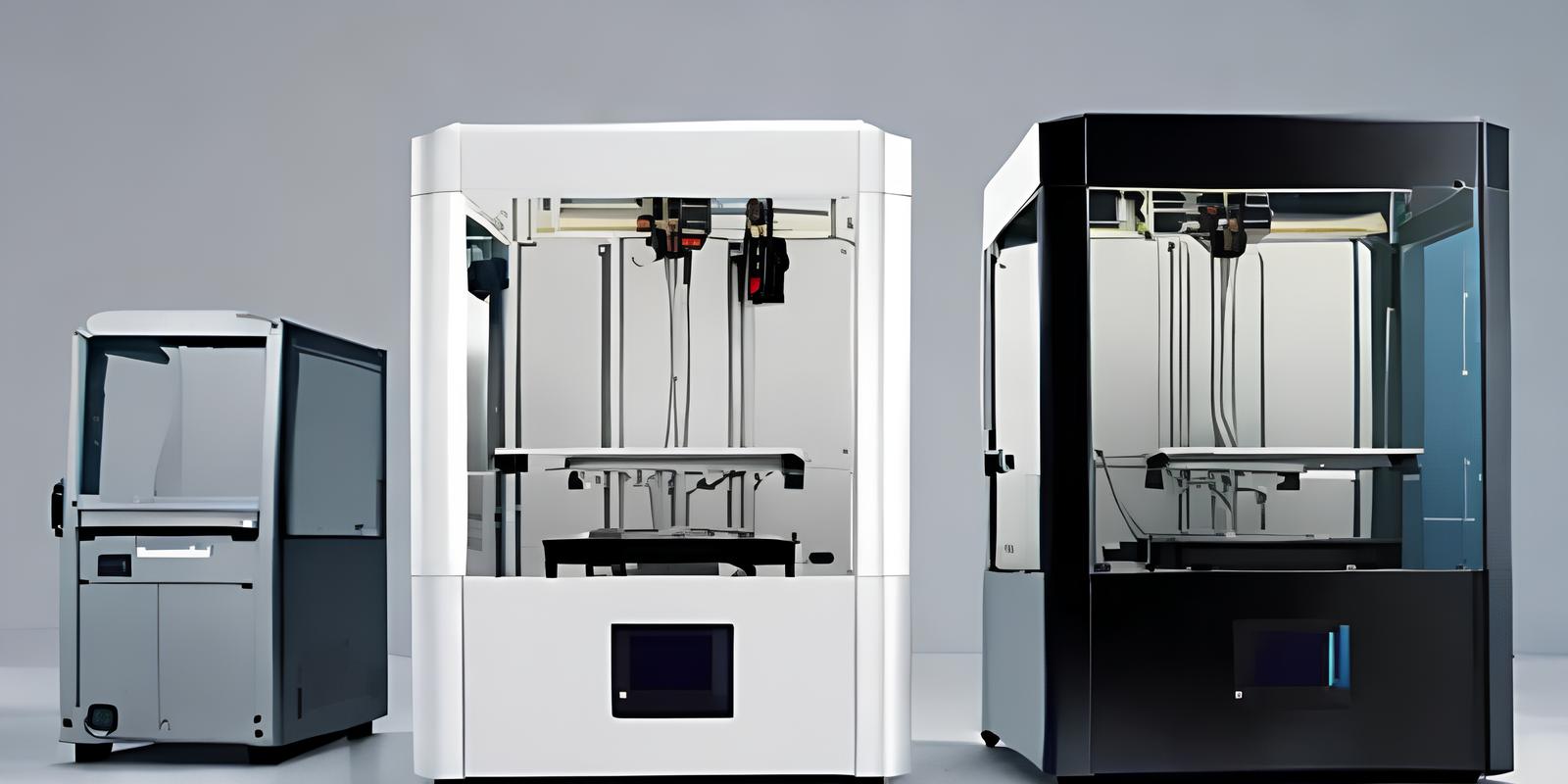
In the rapidly evolving world of 3D printing, metal 3D printer have revolutionized how industries manufacture parts, offering unmatched precision and efficiency. Among these technologies, Selective Laser Sintering (SLS) and Selective Laser Melting (SLM) stand out as essential methods for creating high-quality components. While both utilize lasers to build parts layer by layer, they differ significantly in materials, processes, and applications. In this blog, we'll break down these technologies and explore which applications suit each method best.
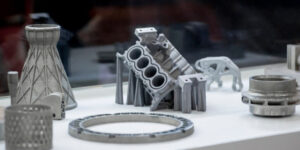
What is selective laser sintering (SLS)?
Selective Laser Sintering (SLS) is a 3D printing method that uses a laser to sinter powdered material. This means the material is heated until it fuses together, but without fully melting. SLS is commonly used for thermoplastics such as Nylon 11, Nylon 12, and various composites, making it a go-to option for prototyping and functional parts.
How SLS Works:
- A fine layer of powder (usually plastic) is spread over a platform.
- A laser selectively fuses this powder to form solid layers.
- The platform lowers, and the process repeats until the part is complete.
- After printing, excess powder is removed, serving as a support structure during the build.
Materials in SLS:
- Nylon 11 and Nylon 12: Durable thermoplastics for engineering applications.
- PA12 (Polyamide): Ideal for heat-resistant prototypes and mechanical parts.
- Carbon-filled or glass-filled nylons: Enhanced mechanical properties for specialized parts.
Applications of SLS:
- Automotive: Durable parts like air ducts and engine covers.
- Aerospace: Lightweight, strong components for planes and drones.
- Healthcare: Functional prototypes and medical devices.
- Consumer Goods: Custom products like eyewear, footwear, and electronics.
Key benefits of SLS:
- No Support Structures Required: Unused powder serves as a support during the build, allowing complex designs.
- Cost-Efficient: SLS is generally more affordable for plastic parts than SLM and other technologies.
- Fast Prototyping: Excellent for quick-turnaround projects.
What is selective laser melting (SLM)?
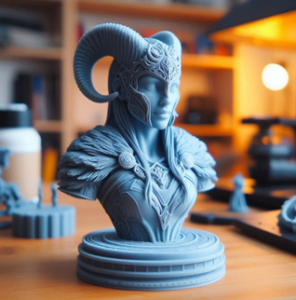
Selective Laser Melting (SLM) is an advanced 3D printing method primarily used for metal parts. Unlike SLS, SLM fully melts the powdered material, creating parts with excellent mechanical properties, such as high strength and durability. This makes SLM ideal for industries requiring high-performance metal parts.
How SLM Works:
- A thin layer of metal powder (e.g., stainless steel or titanium) is spread across the build platform.
- A laser fully melts the powder to form a solid layer.
- The process repeats layer by layer.
- The part is heat-treated after printing to improve mechanical properties.
Metal 3d printer materials in SLM:
- Stainless Steel: Corrosion-resistant and durable, ideal for functional metal components.
- Aluminum: Lightweight and commonly used in aerospace and automotive applications.
- Titanium: Biocompatible, making it ideal for medical implants.
- Nickel Alloys (Inconel): High-temperature resistant, used in aerospace engines.
Applications of SLM:
- Aerospace: High-stress engine components and turbine blades.
- Medical: Custom implants and dental structures.
- Automotive: Performance-optimized, lightweight parts for vehicles.
- Energy: Components that withstand extreme temperatures, such as in power generation.
Key benefits of SLM:
- Superior Mechanical Properties: SLM parts are dense, strong, and comparable to traditionally manufactured metal components.
- Customization: Perfect for creating custom, one-off parts like medical implants.
- Complex Designs: Enables intricate metal geometries that are difficult or impossible with traditional methods.
Comparing SLS vs SLM
Feature | SLS | SLM |
Melting Process | Partial melting of powder | Full melting of metal powder |
Materials Used | Thermoplastics, some metals | Primarily metals |
Part Strength | Good, but less than SLM | Superior strength and durability |
Cost | Lower | Higher due to equipment |
Applications | Prototyping, functional parts | High-strength applications |
Support Structures | No support structures needed | Support structures required |
Complexity | Limited by plastic properties | Highly complex metal designs |
Metal 3d printer printing with SLM at protomont technologies
At Protomont Technologies, we offer cutting-edge SLM solutions that transform how industries approach metal production. Our advanced SLM printers, including the BLT-S800 and MELT SLM M180, provide precision and customization for various sectors, from automotive to aerospace.
Why choose Protomont’s SLM solutions?
- High-Quality Metal Parts: Our SLM systems produce strong, durable parts with intricate designs.
- On-Demand Manufacturing: Produce parts as needed, reducing inventory and costs.
- Reduced Material Waste: Only the necessary material is used, making it more sustainable than traditional methods.
- Faster Prototyping: Rapid iterations from concept to production.
Metal 3d printer future: Trends and challenges
The future of SLM is promising, with advances in material science, more affordable equipment, and improved post-processing techniques. Key trends include:
- Hybrid Manufacturing: Merging traditional and additive methods.
- Material Innovations: Developing new metal alloys for 3D printing.
- Automation and AI: Streamlining post-processing and design optimization.
Sustainability in 3D printing
Both SLS and SLM contribute to more sustainable manufacturing by reducing material waste. SLS uses uncentered powder for support, while SLM only utilizes the required metal powder, making both technologies environmentally friendly.
SLS vs SLM Which is Right for You?
For thermoplastic parts and fast prototyping, SLS offers cost-effective solutions. For high-strength metal parts, SLM provides unparalleled strength and durability. Protomont Technologies is here to help you find the best 3D printing technology for your needs, whether you're creating prototypes or producing custom metal components.
Both SLS and SLM technologies, powered by metal 3D printer, contribute to sustainable manufacturing and industry-leading innovation. Protomont Technologies is here to guide you in finding the best solution for your needs. Contact us today for expert assistance!

